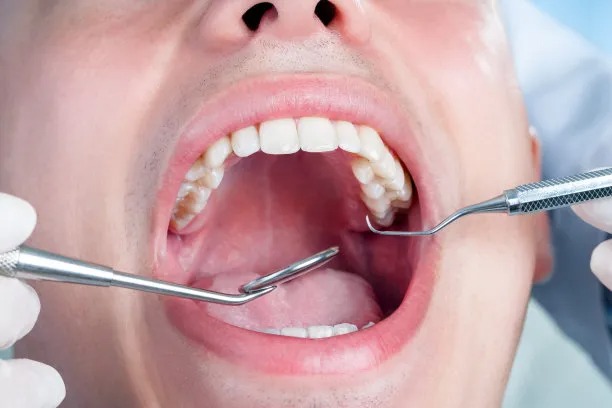Key Considerations and Essential Precautions to Follow After Receiving a Dental Filling Treatment
Summary: After receiving a dental filling treatment, patients must take specific precautions and consider essential factors to ensure effective recovery and maintain oral health. This article outlines key considerations that patients should focus on, including proper oral hygiene techniques, dietary restrictions post-treatment, signs of potential complications, and follow-up care. By understanding these crucial aspects, patients can help facilitate a smooth healing process and reduce the risk of complications, ensuring that their dental fillings serve their intended purpose effectively.
1. Importance of Proper Oral Hygiene

Maintaining proper oral hygiene after a dental filling is paramount for successful recovery. Patients should continue to brush their teeth twice a day but should be gentle around the filled area to avoid any discomfort. Using a soft-bristled toothbrush can help prevent any irritation that might occur following the treatment.
Flossing is equally important, but care should be taken not to dislodge the filling. It is advised to avoid aggressive flossing techniques around the newly filled tooth until it has fully settled. Regular, gentle cleaning will help in preventing plaque buildup and potential infection.
Additionally, using an antiseptic mouthwash can further aid in maintaining oral health. Rinsing with mouthwash can help to eliminate bacteria that brushing and flossing might miss, providing an added layer of protection for the filled area.
2. Dietary Restrictions After Filling Treatment
Diet plays a crucial role in the healing process following dental fillings. For at least 24 hours after the procedure, patients should avoid hot and cold foods and beverages, as temperature sensitivity is common after receiving a dental filling.
Soft foods are recommended during this period to minimize stress on the filled tooth. Foods such as yogurt, smoothies, and mashed potatoes can be great options. It is also vital to avoid sticky or hard foods that might disrupt the filling or cause discomfort.
Furthermore, patients should avoid alcohol and caffeinated drinks for at least a few days, as they can lead to increased sensitivity and interfere with the healing process. Following these dietary guidelines will promote faster recovery and ensure the longevity of the filling.
3. Recognizing Signs of Complications
Patients should be vigilant and aware of any unusual symptoms that may arise after getting a dental filling. One common sign of complications is persistent pain or discomfort that does not subside after a few days. If the pain intensifies or becomes sharp, it may indicate that the filling is too high or there may be an underlying issue.
Swelling or inflammation around the filled tooth is another critical symptom to monitor. If the gum area becomes red, swollen, or begins to ooze pus, it could suggest an infection, and immediate dental consultation is necessary.
Moreover, any changes in bite alignment should not be overlooked. If patients feel that their bite has changed or if they experience difficulty biting into food, they should reach out to their dentist promptly to have the filling evaluated.
4. Importance of Follow-up Appointments
Follow-up care is essential after receiving a dental filling. Dentists typically suggest scheduling a check-up appointment within a few weeks of the procedure to ensure the filling is settling properly. During this appointment, any adjustments can be made if necessary, and the overall health of the tooth can be assessed.
Keeping regular dental appointments helps in monitoring the condition of the filling and the surrounding teeth. Your dentist can also provide additional care tips or recommendations depending on individual needs during these visits.
Moreover, maintaining open lines of communication with your dental care provider is crucial. Patients should not hesitate to ask questions or express concerns regarding their recovery process, as this will help in promoting a positive dental health journey.
Summary:
In summary, following dental filling treatment, patients must adopt proper oral hygiene practices, adhere to dietary restrictions, monitor for signs of complications, and attend follow-up appointments. This comprehensive approach will aid in achieving the best possible results and extend the life of the dental filling. Recognizing the importance of these considerations fosters better oral health and minimizes the risk of future dental issues.
This article is compiled by Vickong Dental and the content is for reference only.


